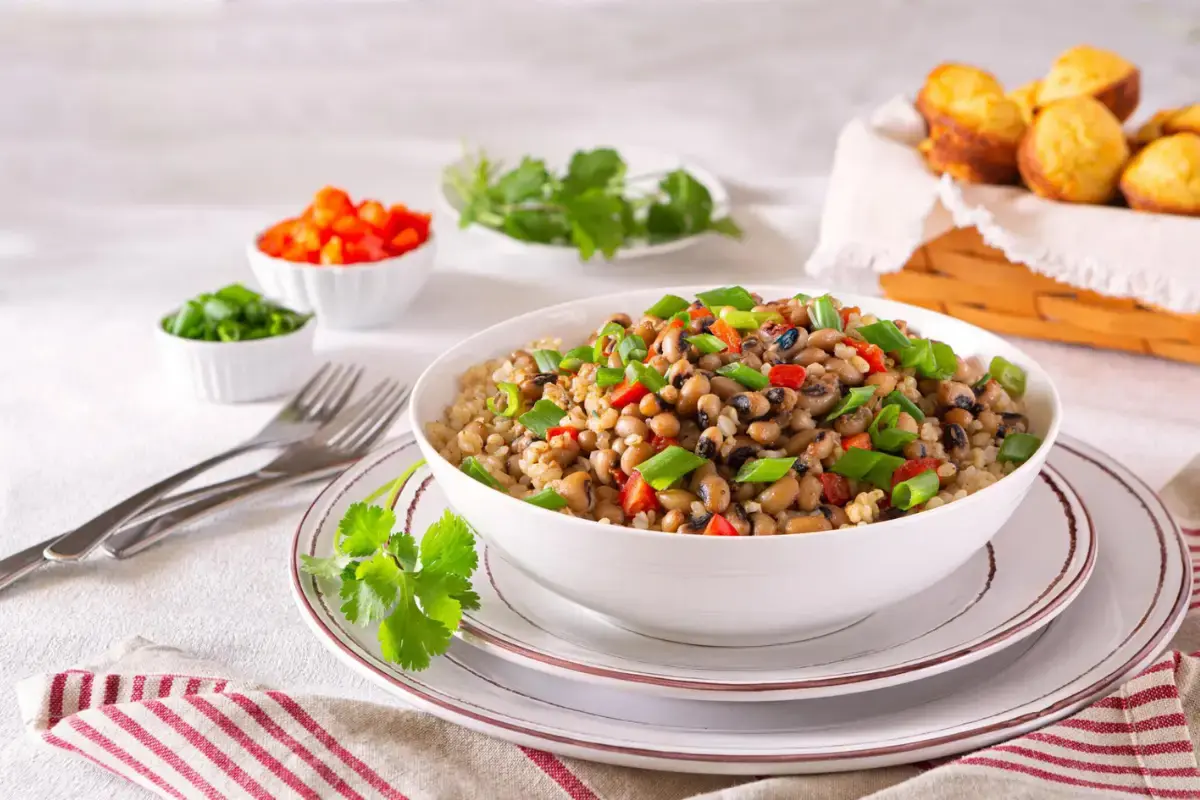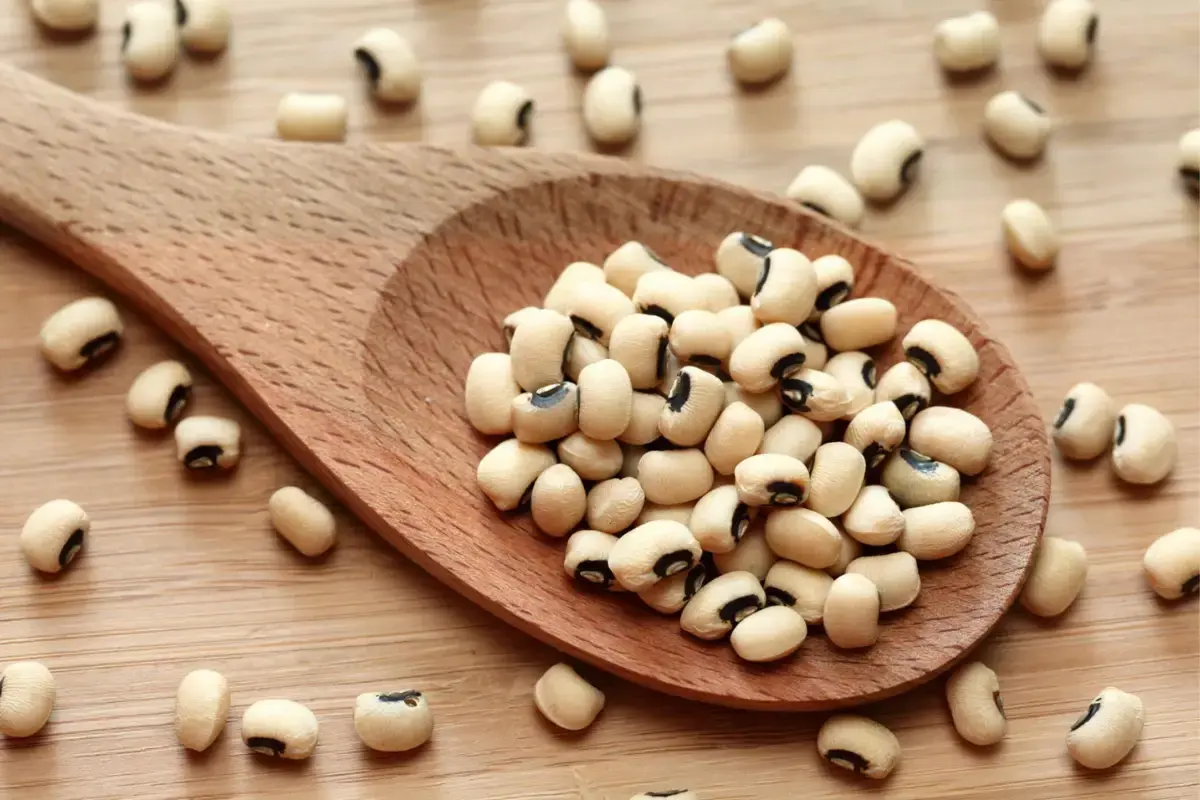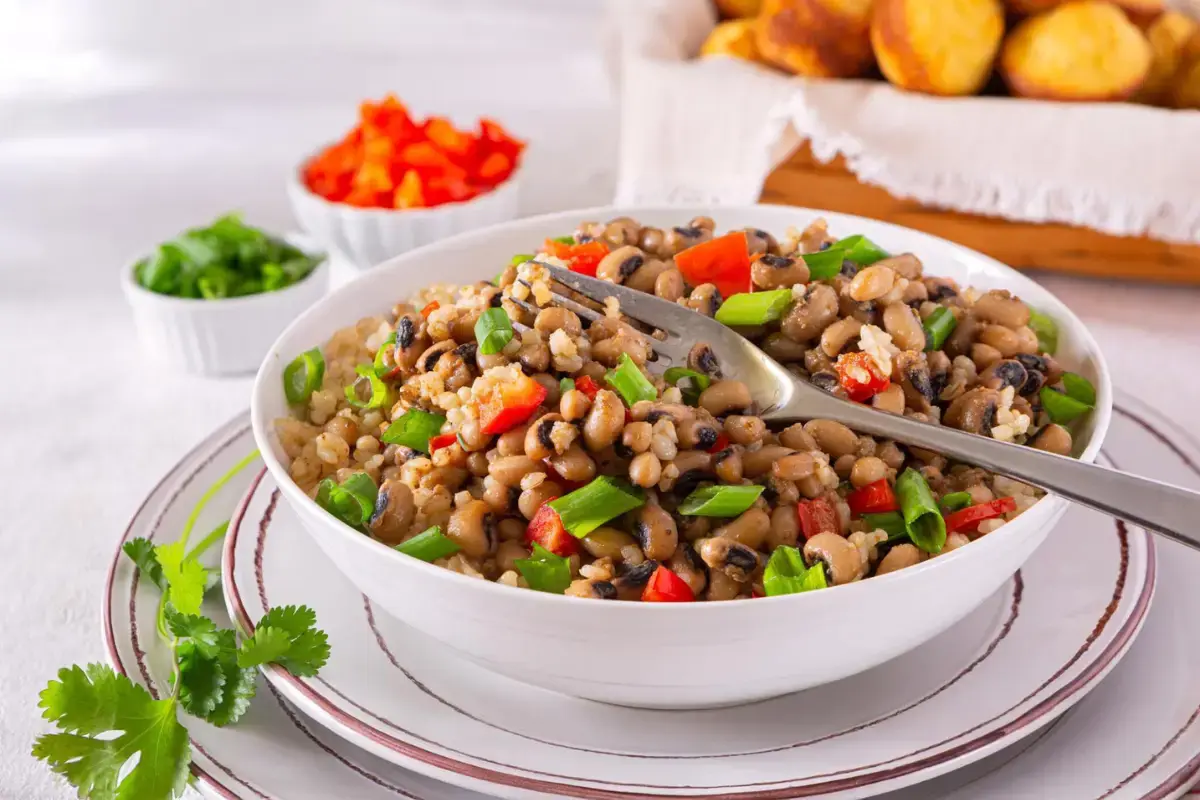Introduction to the Magic of Black-Eyed Peas
Ah, black-eyed peas! These little gems are more than just a humble legume; they’re a treasure trove of traditions, nutrition, and versatility in the culinary world. Often associated with good fortune and prosperity, especially when eaten at the start of the New Year, black-eyed peas have a rich history that spans cultures and continents. But what’s the best way to eat them? This question leads us into a delightful exploration of the flavors, recipes, and nutritional benefits that these peas have to offer. From classic Southern dishes to innovative culinary creations, we’re about to dive deep into the world of black-eyed peas. So, buckle up and prepare your taste buds for a journey that promises to be both enlightening and delicious!
Unearthing the Rich History and Nutritional Benefits
The Cultural Significance of Black-Eyed Peas
Black-eyed peas, or Vigna unguiculata, if you want to get scientific, hold a special place in many cultures around the world. In the Southern United States, they’re synonymous with New Year’s Day, eaten in the hope of ensuring prosperity and good luck for the year ahead. But did you know that this tradition likely stems from West African origins? Yes, indeed! These peas were brought to the Americas through the transatlantic slave trade, embedding themselves in the agricultural and cultural fabric of the regions where they were grown.
Nutritional Powerhouse on Your Plate
Now, let’s talk about what makes these peas a must-have in your diet. Black-eyed peas are a powerhouse of nutrition, packed with fiber, protein, and essential nutrients like potassium, iron, and vitamin B. They’re a fantastic option for anyone looking to boost their dietary intake of minerals and vitamins while enjoying a hearty and satisfying meal. Moreover, being low in fat and calories, they’re an excellent choice for those mindful of their weight.
Incorporating Black-Eyed Peas into Your Diet
Wondering how to add these nutritional dynamos to your meals? Well, the beauty of black-eyed peas lies in their versatility. Whether you’re whipping up a stew, a salad, or a classic Hoppin’ John, these peas can adapt to a myriad of flavors and cooking styles. They absorb spices and seasonings beautifully, making them a perfect canvas for culinary experimentation. So, whether you’re a seasoned chef or a cooking novice, black-eyed peas have something to offer everyone.
Stay tuned as we continue to explore the best ways to enjoy black-eyed peas, including mouth-watering recipes, cooking tips, and much more. With each spoonful, we’ll uncover the magic these peas bring to our tables and our lives.
Nutritional Value
Nutritional Benefits of Black-Eyed Peas
Black-eyed peas, those little nuggets of goodness, are not just tasty; they’re incredibly nutritious too. Rich in fiber, they promote digestive health and help in maintaining a healthy weight. Their high protein content makes them an excellent choice for vegetarians and vegans looking for plant-based protein sources. Plus, they’re low in fat, which is great for heart health. Eating black-eyed peas can be a simple step toward a balanced diet.
Key Nutrients Found in Black-Eyed Peas
What makes these peas so beneficial? They’re packed with key nutrients! Iron, for one, is abundant in black-eyed peas, playing a crucial role in oxygen transport in the body. They’re also a great source of potassium, which helps maintain blood pressure levels. B vitamins, present in these legumes, support energy metabolism and brain health. Additionally, they contain magnesium, essential for muscle and nerve function, and calcium for bone health.
Health Benefits Associated with Regular Consumption
Incorporating black-eyed peas into your diet can have numerous health benefits. Their fiber and protein content can aid in weight management by keeping you fuller for longer. The antioxidants found in these peas help combat oxidative stress, reducing the risk of chronic diseases. Regular consumption can also support heart health, thanks to their ability to improve cholesterol levels. Moreover, the nutrients in black-eyed peas contribute to maintaining a robust immune system, making them a smart addition to any diet.



